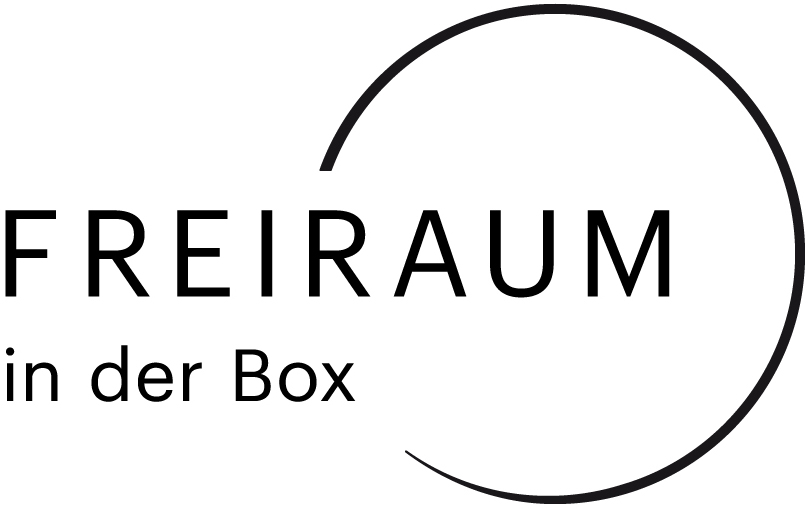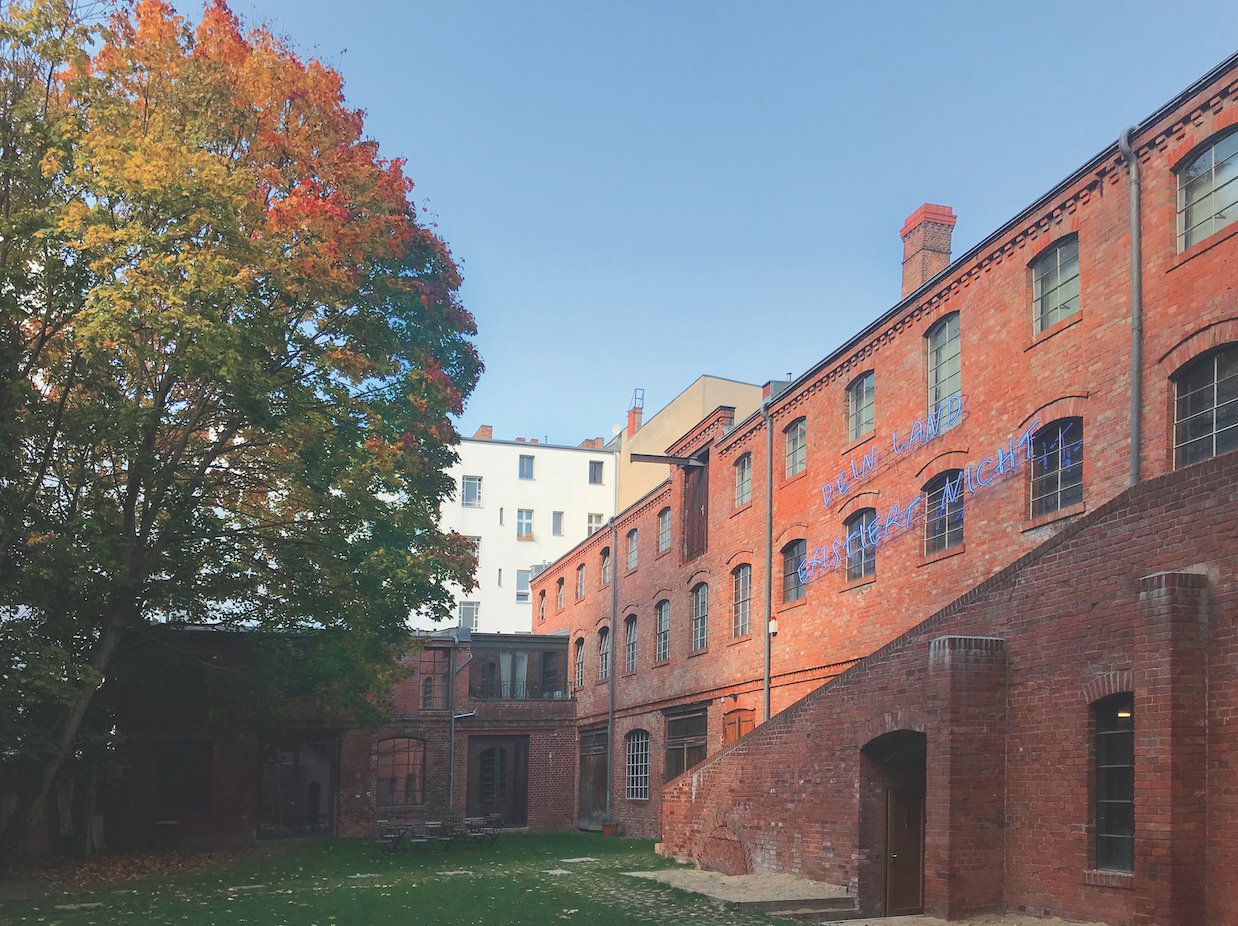Perspectives on Curating and Writing: Jurriaan Benschop - Huffington Post
/19. Juli 2016 | Huffington Post
Jurriaan Benschop. Courtesy Van Oorschot Publishers, Amsterdam.
Jurriaan Benschop is a writer, art critic, and curator based in Berlin. He is a frequent contributor to Artforum International and his recent exhibitions include As If, At Home at Box Freiraum (Berlin, Germany, 2016), The Appearance at Galerie Born (Berlin, Germany, 2016) and A Painter’s Hand at Donopoulos IFA gallery (Thessaloniki, Greece, 2015). Our conversation centered around two key themes (1) the importance of the local environment on the artist’s work and (b) his approach to curating and writing. Below are selected excerpts of this conversation.
On Writing Essays
When writing essays I am interested in the artist’s perspective, what his/her motives are, and what the meaning of the work is. I am interested in how the artist thinks. Reality is very complex, so it is important to be precise and also to understand it. I think, as a writer, it is important to get as much information as possible then step back and reflect on that. It is through my essays, that I try to expose the reader into the realities I see. The essays provide the readers with material to think about and then decide what is important.
I also believe that the context where the work has been developed and created is very important, the local texture, what I call local environment. When you meet artists where they work, it adds to your understanding of the work and where it comes from. It may not be necessary for the reader to know about the local environment to enjoy the work, but for me as a writer it is important. My interest in the local environment has developed through the years. I think it has a lot to do with the fact that I moved from the Netherlands to Berlin and I have been here for ten years now. In Berlin, you meet people from all over the world. Since I moved, I have also been traveling to Eastern Europe quite often. So I started thinking more and more about the importance of the local environment. I realized that wherever you go you hear stories that reflect history. We often talk about a global world, but I believe that there is also another reality. People have a background and they are somehow connected to that.
Recent Projects
My interest in the local environment is captured in my new book “Zout in de Wond” (“Salt in the Wound” in Dutch) that has been published in April. It is a collection of essays on the work of fifteen artists working in Europe. It is about their work but also about the origins of the works and the artists’ background. I was then invited to curate a show, As If, At Home at Box Freiraum, in Berlin. The exhibition (on view through October 30, 2016) includes artists working in different parts of Europe and reflects the current situation in Europe with all the changes in the political climate and the idea that any place can feel like home.
On Writing Exhibition Reviews
When writing reviews the starting point is always the encounter with the work, the reaction to the work. I may think the work is good, or that I don’t understand it or it may irritate me. I get curious to know more. Sometimes it’s very clear, that the work is all about materials or about color or about the concept for example. The encounter with the work will inform my approach when writing. In art criticism, there’s a great deal of description, on how the work looks. This is to some extent necessary, but it is not always possible to capture visual details in writing. A description is of course needed, but I’m more interested in asking, what is the work about? Where does it lead? In what way does it relate to what has already been made? Is this a unique approach or have we seen this before? What does it add to what we already have? These are of course difficult questions, but I believe they are necessary.
On Curating
Curating implies a very physical relationship with the works. You have them in your hands, you put them on the wall, on the floor, and you place them based on how they relate to each other. An exhibition is curated within a space defined by walls, and in this space, I am interested in creating a different kind of experience that is separated from other areas of life. In contrast, writing is like an imaginary space. You create the space through words, an imagined space for the reader. It’s not physical. Curating implies a physical space. It is very different.
When curating an exhibition there are always practical aspects to take into consideration such as the budget or the space itself and the most interesting one, especially in the case of a group show, the connection among the works; how do you place the works to create new meanings but also give each work the space it deserves. Intuition plays an important role. Curators don’t usually talk about it because all is conceptually motivated nowadays. But I think the way I understand the work and how the works relate to each other in an exhibition context is a matter of intuition. An exhibition can’t be designed behind a desk by saying I have a topic and I am looking for work to illustrate it. My approach is rather organic. I start with one or two artists and then I ask myself how I could develop this further.
On Public Conversations with Artists
Artists’ talks are important. People have a chance to see the artist and hear the artist talking about the work. In my public conversations with artists, we focus on what people cannot see. For example, how the artist thinks, where s/he comes from, or what the work means for the artist. Artist talks can also give access to how the artist perceives the world and what is happening today and the implications for his/her work. I think oral tradition, conversations with each other about art are very important. Having a direct dialogue is critical. It creates a ‘free space’ for discovery but also for criticism and this is what I am interested in exploring.



